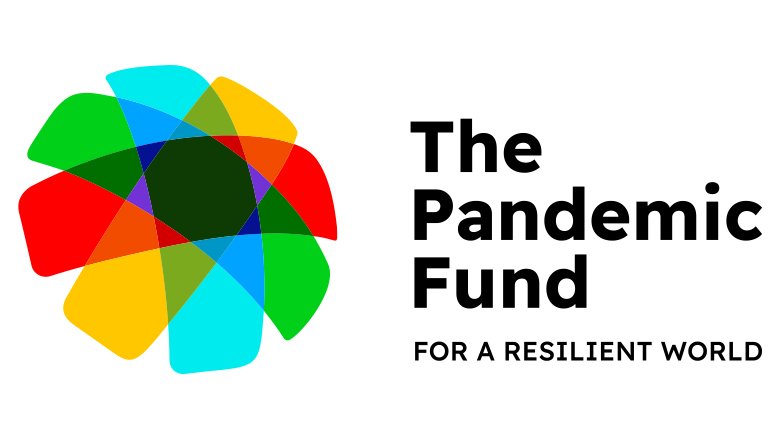This is one of 19 projects to which a grant was awarded by the Pandemic Fund under the First Call for Proposals. For information on the full set of projects supported by the First Call for Proposals, please refer to this press release.
Background
The Pandemic Fund grant of $15.4 million supports a partnership of Mongolia’s Ministries of Health (MOH), Finance (MOF), Food and Light Industry (MOFALI), and Environment and Tourism (MOET) to build capacity to prevent, prepare, and respond to health emergencies using a One Health approach. UNICEF and WHO will be the Implementing entities (IEs). The Pandemic Fund grant will leverage an additional $12 million in co-financing.
Agriculture contributes about 13% of Mongolia’s GDP and is dominated by livestock production. Mongolia’s livestock sector is not only culturally important but contributes significantly to rural employment and income generation. The sector employs over 30% of the country’s total workforce population. High levels of pastoralism in Mongolia, with over 70 million livestock, increases the risk for emerging infectious diseases and zoonoses that can easily be transported across geographies. The vulnerability of the population due to extreme weather conditions, geographic challenges in accessing health services, and the high risk of zoonotic infections underscores the urgent need for Mongolia to invest in the continuum of pandemic prevention, preparedness, and response through a strong multi-sectoral and One Health approach.
Project objectives
The Strengthening Pandemic Prevention, Preparedness, and Response through One Health in Mongolia Project’s overarching objective is to reduce the health, social, and economic impact of pandemics by building capacity in early warning and comprehensive disease surveillance systems, qualified laboratories, preparedness to respond to health emergencies, and fostering coordination across sectors at national and subnational levels.
Implementation arrangements and key components
A Project Steering Committee will be established, including the MOF, MOH, MOFALI, and MOET and the Implementing Entities. The role of this committee will be to monitor progress, provide guidance on the overall direction, and facilitate project review, coordination, and policy dialogue. A Project Implementation Unit will provide day-to-day management and coordinate with cross-sectoral ministries and agencies. Specific technical working groups will be established to take the lead in design/implementation of specific sub-areas. The main project components are described below, with IE involvement shown in parentheses.
Strengthening national surveillance systems for infectious and zoonotic diseases. This component supports surveillance strengthening using the methodology of collaborative intelligence established at the WHO Hub for Pandemic and Epidemic Intelligence, enabling Mongolia to strengthen its internal capacity while participating in a global interconnected system for public health intelligence. The Early Warning and Response System (EWAR) will be expanded beyond current reporting to include respiratory diseases, including influenza-like illnesses. The component will help establish surveillance, detection, reporting, and investigation of food-borne diseases. It will improve human resources capacity, equipment, and the information system for the 115 outpatient and 37 inpatient sentinel sites for influenza and COVID-19 surveillance.
Investing in the laboratory system. The component will strengthen the country’s capacity for timely detection and rapid confirmation of diseases with epidemic potential and will support Mongolia’s participation in regional and global laboratory networks. The component will support the upgrading of infrastructure, equipment, and development of human resources in the laboratory system. It will strengthen capacity for genomic sequencing. It will enhance the capacity of the bacteriology laboratory with six sentinel surveillance sites. It will support antimicrobial resistance (AMR) laboratory capacity to identify and report on pathogens resistant to antimicrobial agents in humans, livestock, and aquaculture that have pandemic potential. For zoonotic diseases, it will support decentralized testing of the 14 zoonotic laboratories at the provincial level by upgrading the laboratories, improving human resources, and setting up quality assurance systems (UNICEF, WHO).
Supporting workforce development. This component supports the development of the field epidemiology training program and the expansion and skills of the health workforce that can be mobilized during outbreaks, including supporting the scale-up of public health interventions such as contact tracing, risk communication, and community engagement. It will also support training in governance, management and collaboration for digital and health information infrastructure, including coordination with regional and global networks for collaborative intelligence (WHO).
Expected outcomes
The Project is expected to establish the national multi-sectoral early warning surveillance system, enhance public health risk assessment and emergency response capability, and strengthen multi-sectoral surveillance of zoonotic diseases and AMR. It is expected to lead to increased and sustained investments in pandemic PPR.
Key Financial Statistics
| Amount Approved (US$) | Total Co-financing (in kind & in cash) (US$) | Total Co-investment (in kind & in cash) (US$) |
| 15,455,262 | 12,352,000 |
For inquiries about this project: Dr. Bayarbold Dangaa - bayarbold@moh.gov.mn
For media inquiries: Anita Rozowska - arozowska@worldbankgroup.org
For general inquiries: the_pandemic_fund@worldbank.org

